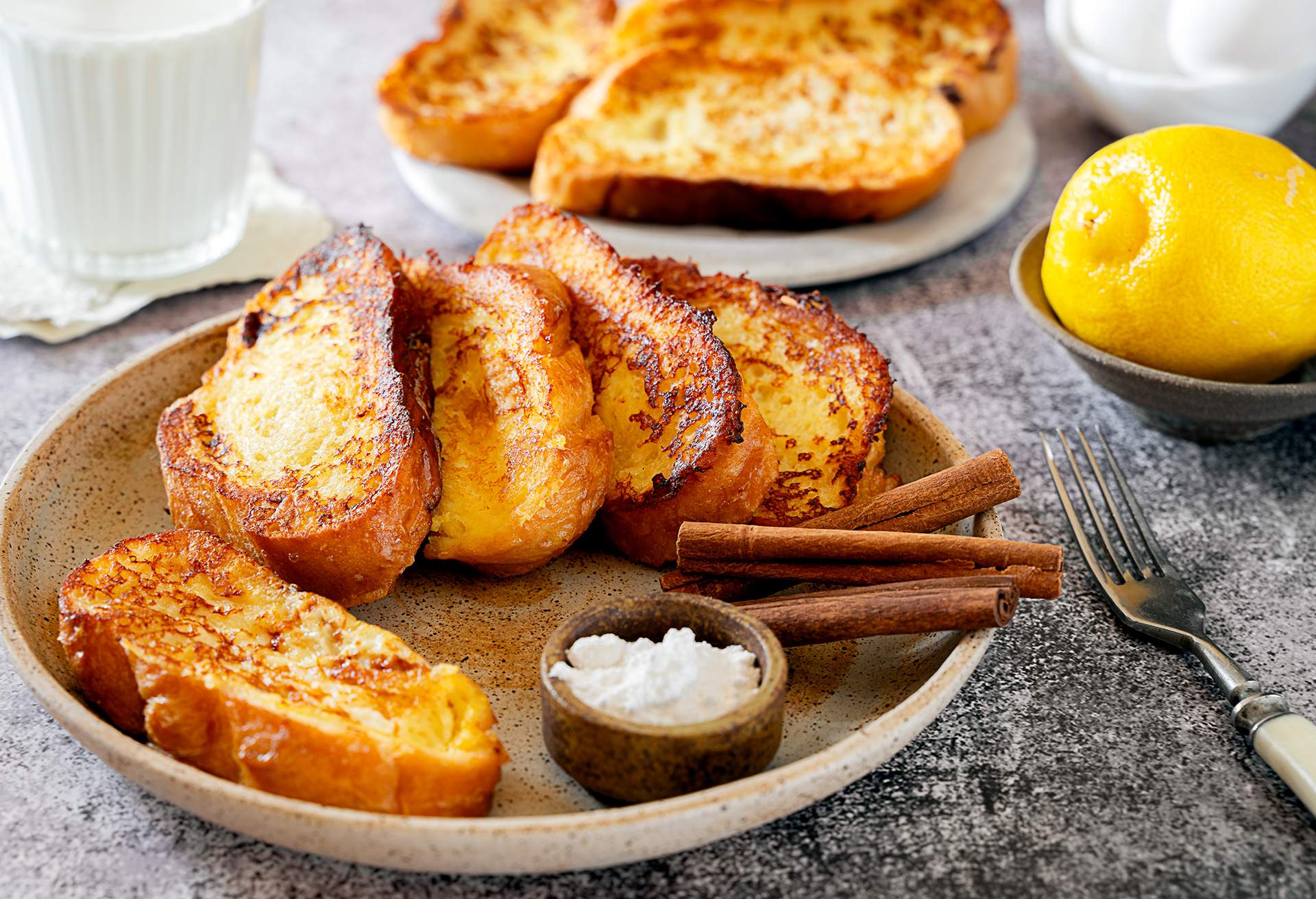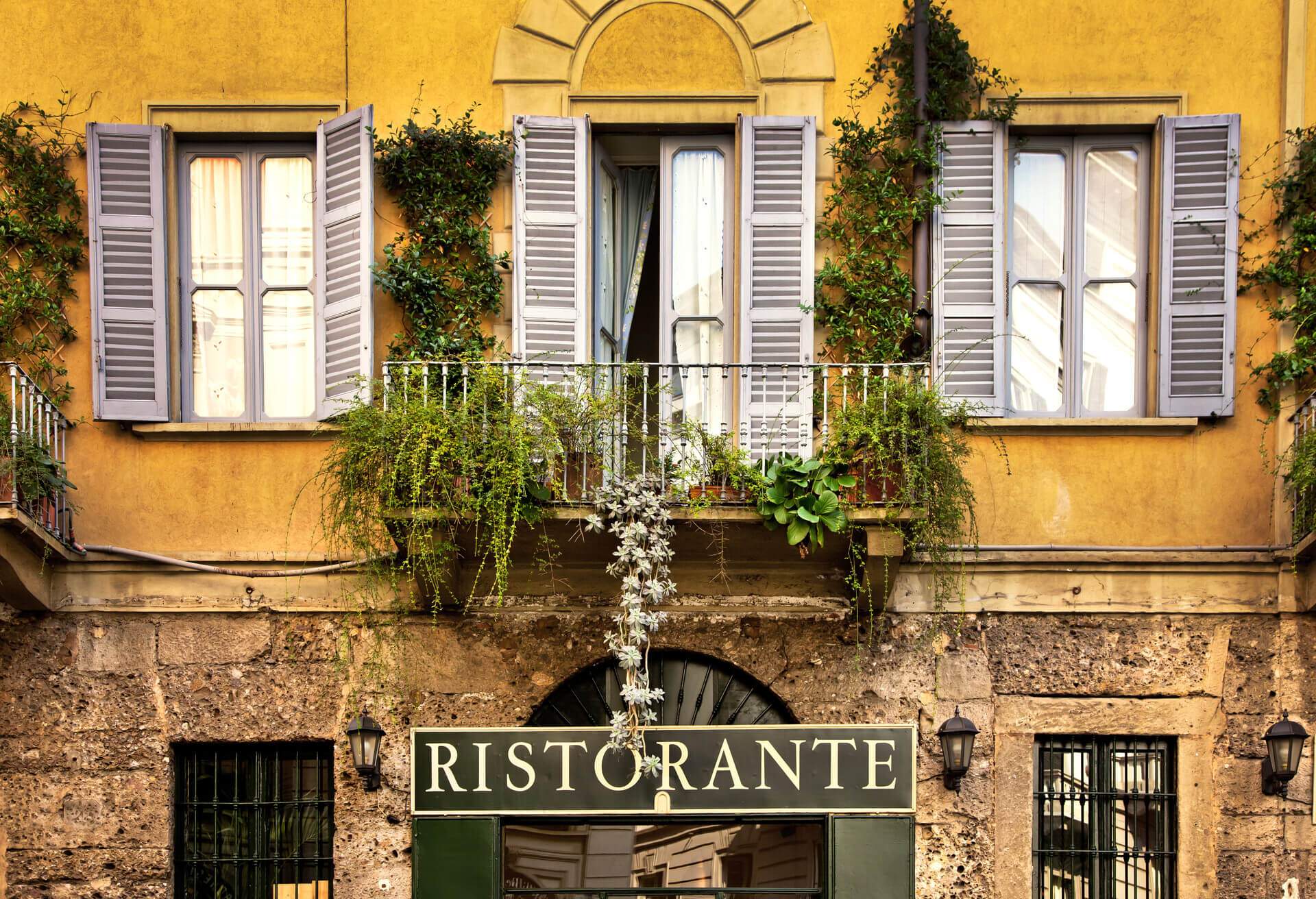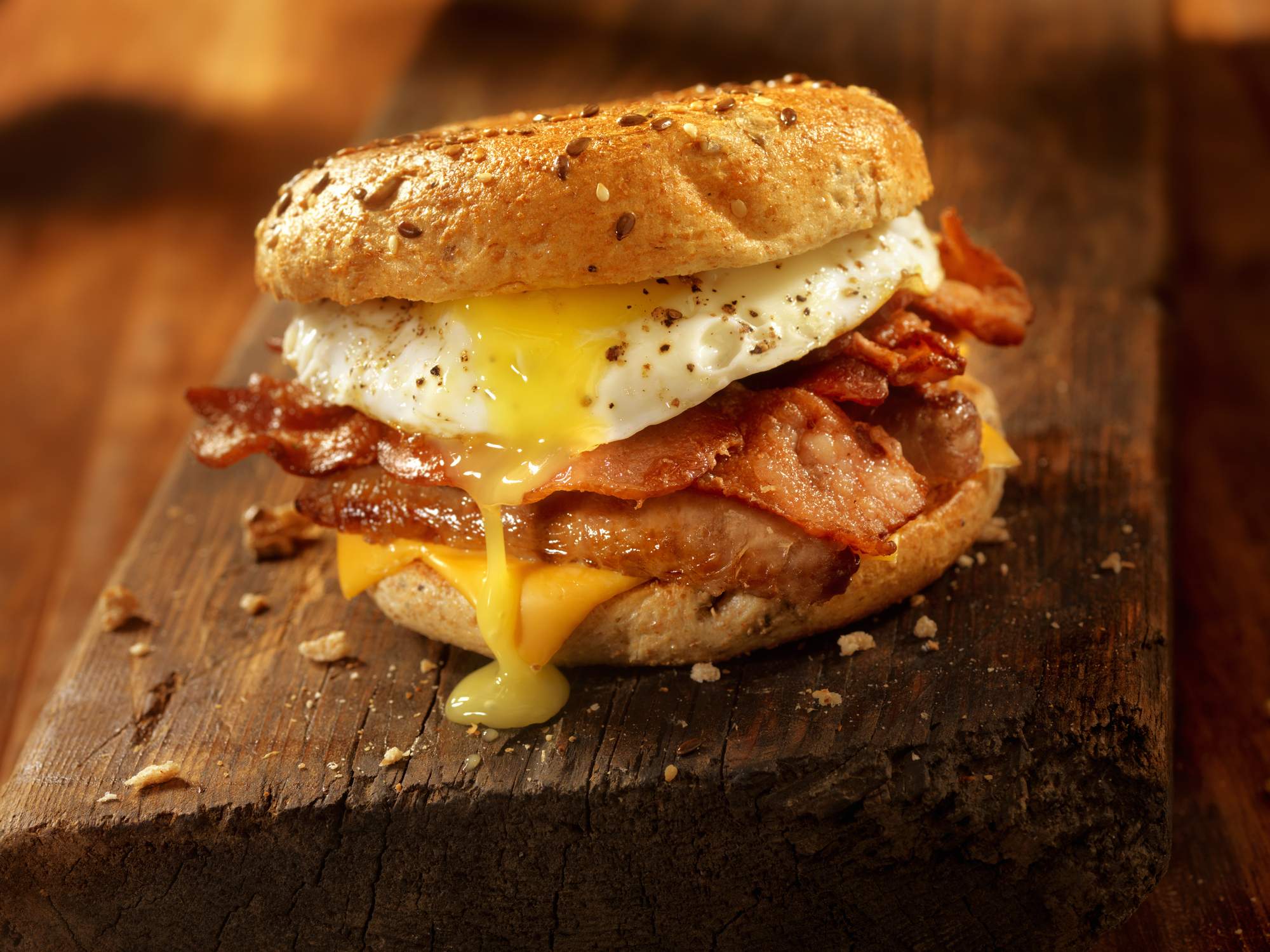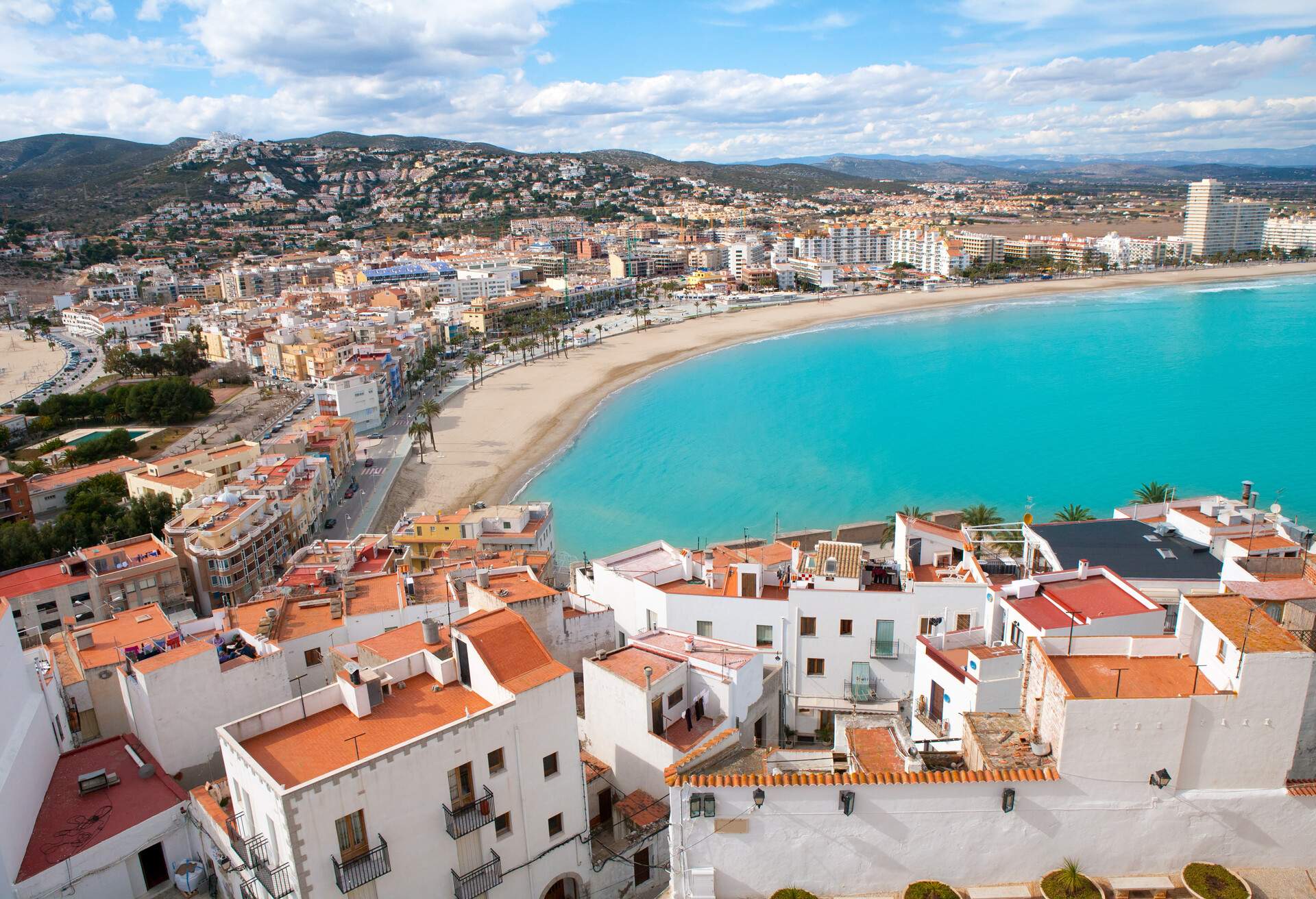One of the most enjoyable things about a holiday in a foreign country is that you get to explore the local cuisine, its history, and how it connects with the country’s culture and lifestyle. It’s a great way to get to know a place you’ve not visited before. Breakfast in Spain offers plenty of exciting taste experiences. Some are variations on breakfast dishes you’re well familiar with, while others might strike you as a bit unusual at first, but they’re equally delicious.
Some Spanish breakfast food is eaten across the country. Others are traditional regional dishes with strong ties to the traditional ways of rural living in different parts of Spain. You can enjoy lavish breakfast dishes or simple everyday foods like sandwiches and muffins. There’s also quite a strong emphasis on sweet ingredients, which is a nice decadent way to start the day.
Suitably fortified after a hearty breakfast, you can set about exploring the country each day. Read our handy Travel Guide to Spain for inspiration.
Enjoying a full breakfast in Spain
There isn’t a Spanish equivalent of a full English breakfast with all the trimmings, although you can order this in a restaurant. It will usually be on the menu if you’re staying in a hotel. It’s a far more worthwhile cultural experience to sample something local, though. So what do Spanish people eat for breakfast?
Tortilla Espanola
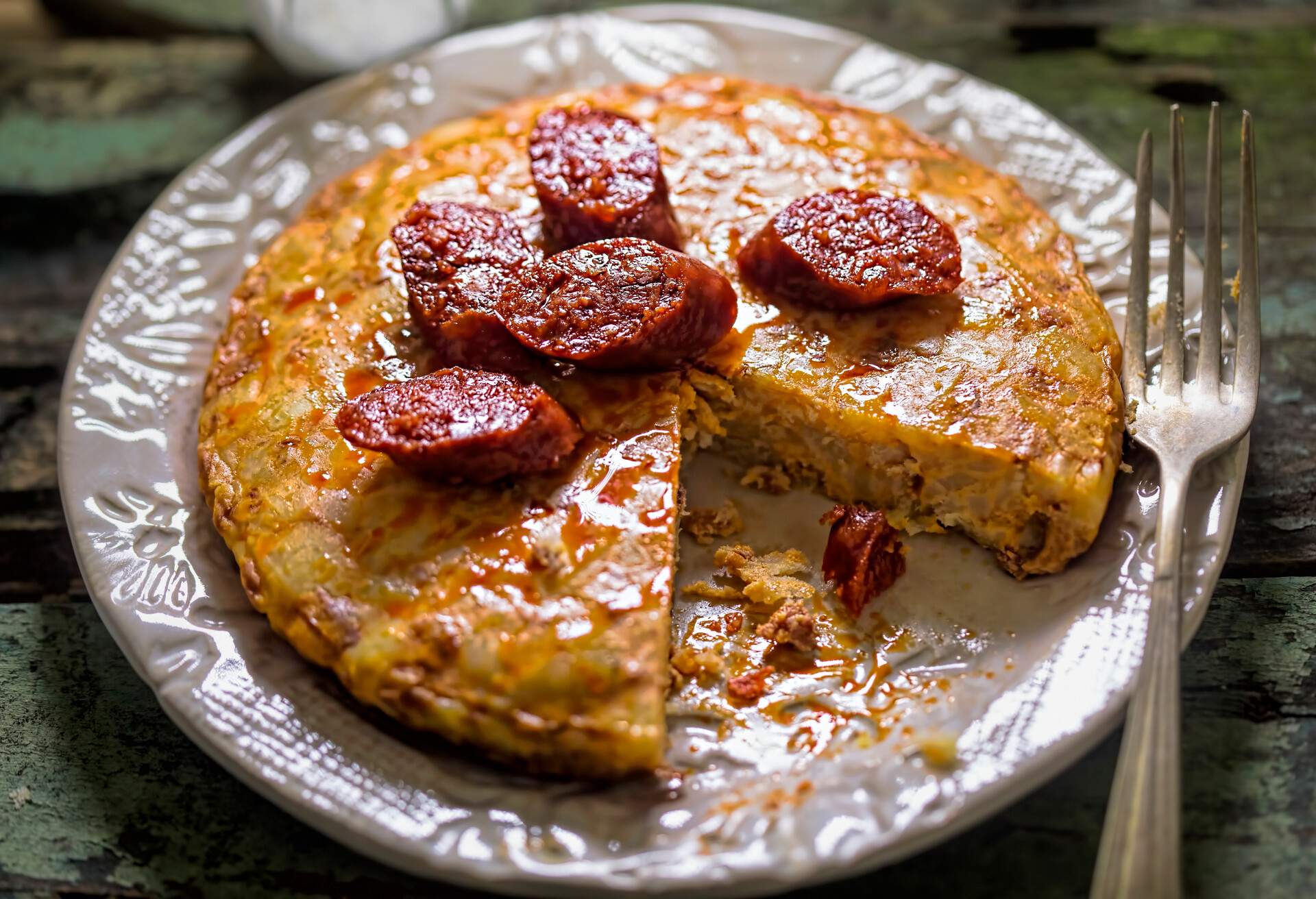
Tortilla Espanola is otherwise known as a Spanish omelette. It’s originally from Madrid and the northern region, but it’s now informally the country’s national dish. There are three ways to eat it. In its basic form, it’s made with eggs beaten into potatoes and caramelised onions.
Spanish brunch omelette
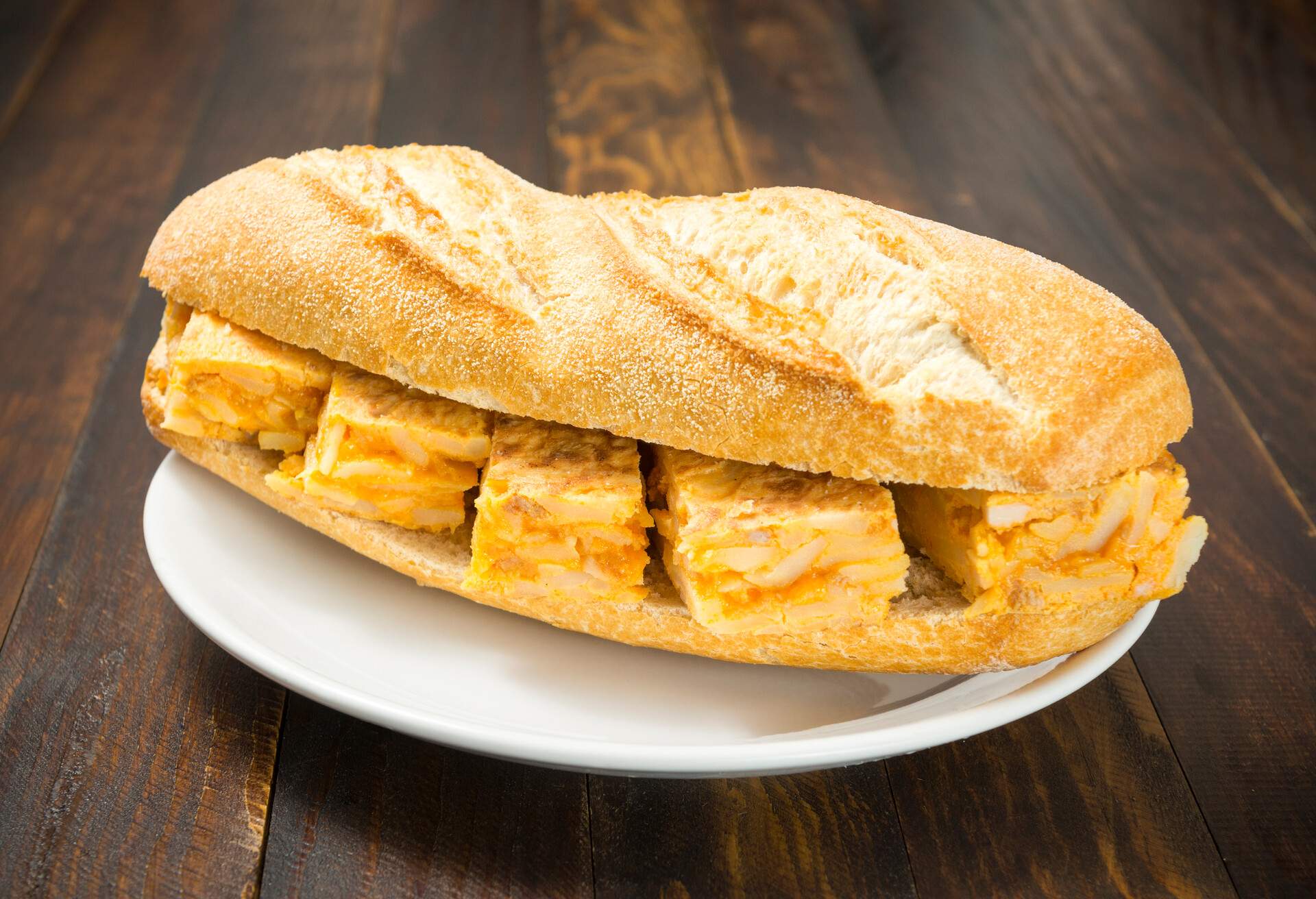
There’s a brunch option too. Here the omelette is sliced and eaten between slices of crusty bread. This version is served throughout the day, too, and makes a great snack with a small draft of Spanish beer called caña. Local knowledge rates CasaDini restaurant in central Madrid as the best place to eat this very traditional breakfast in Spain – it has won awards for the best tortilla in the country.
Migas
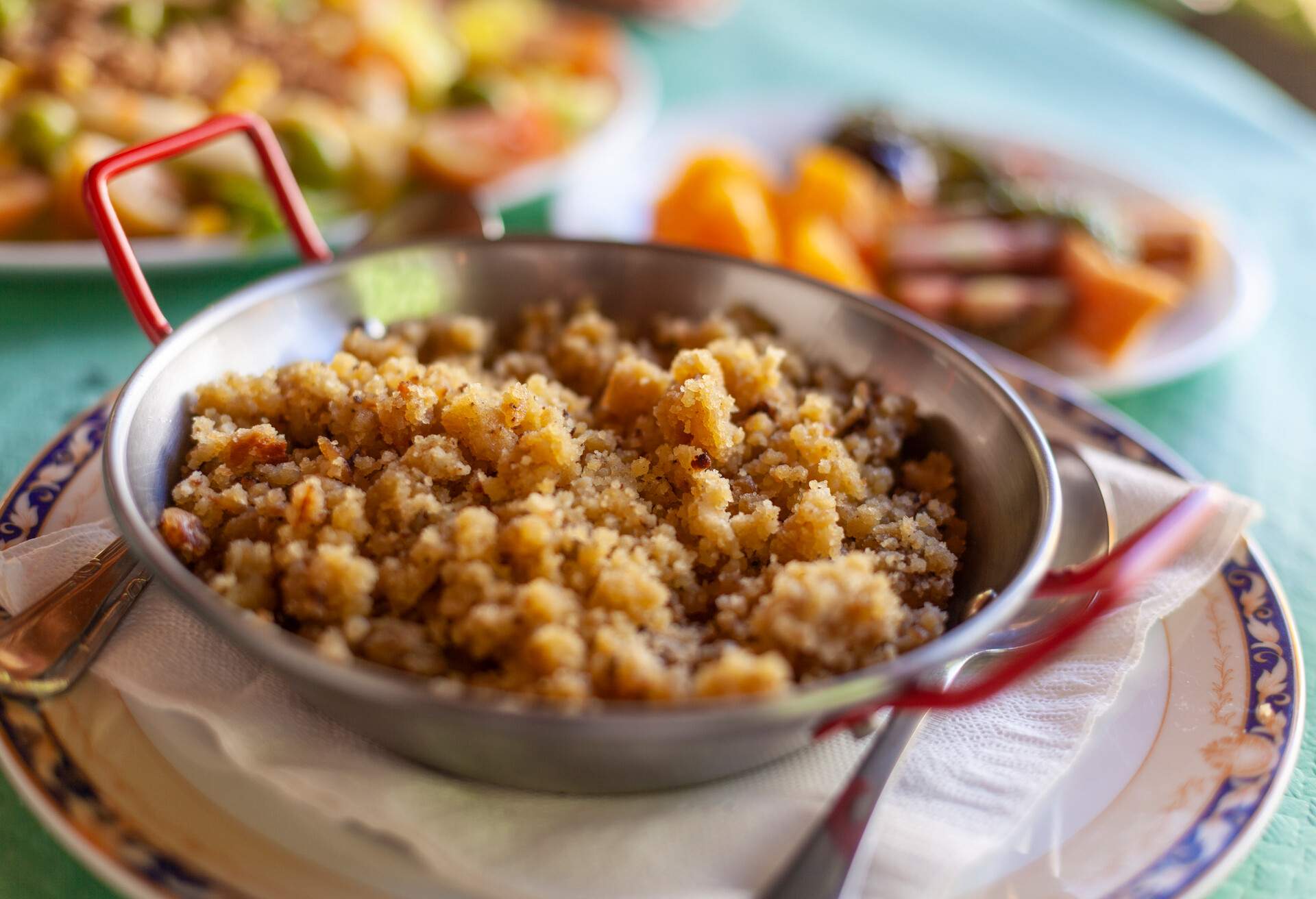
Scrambled breadcrumbs might not sound too enticing, but Migas has them as a base for a delicious breakfast stir-fry. It’s one of the Spanish breakfasts eaten throughout the country and was originally a hearty, filling dish made by shepherds. It has many variations, depending on where in Spain you eat it. It has deep traditional roots, and it’s a nutritious way to start the day if you’re going hiking in Spain.
Hunter’s migas
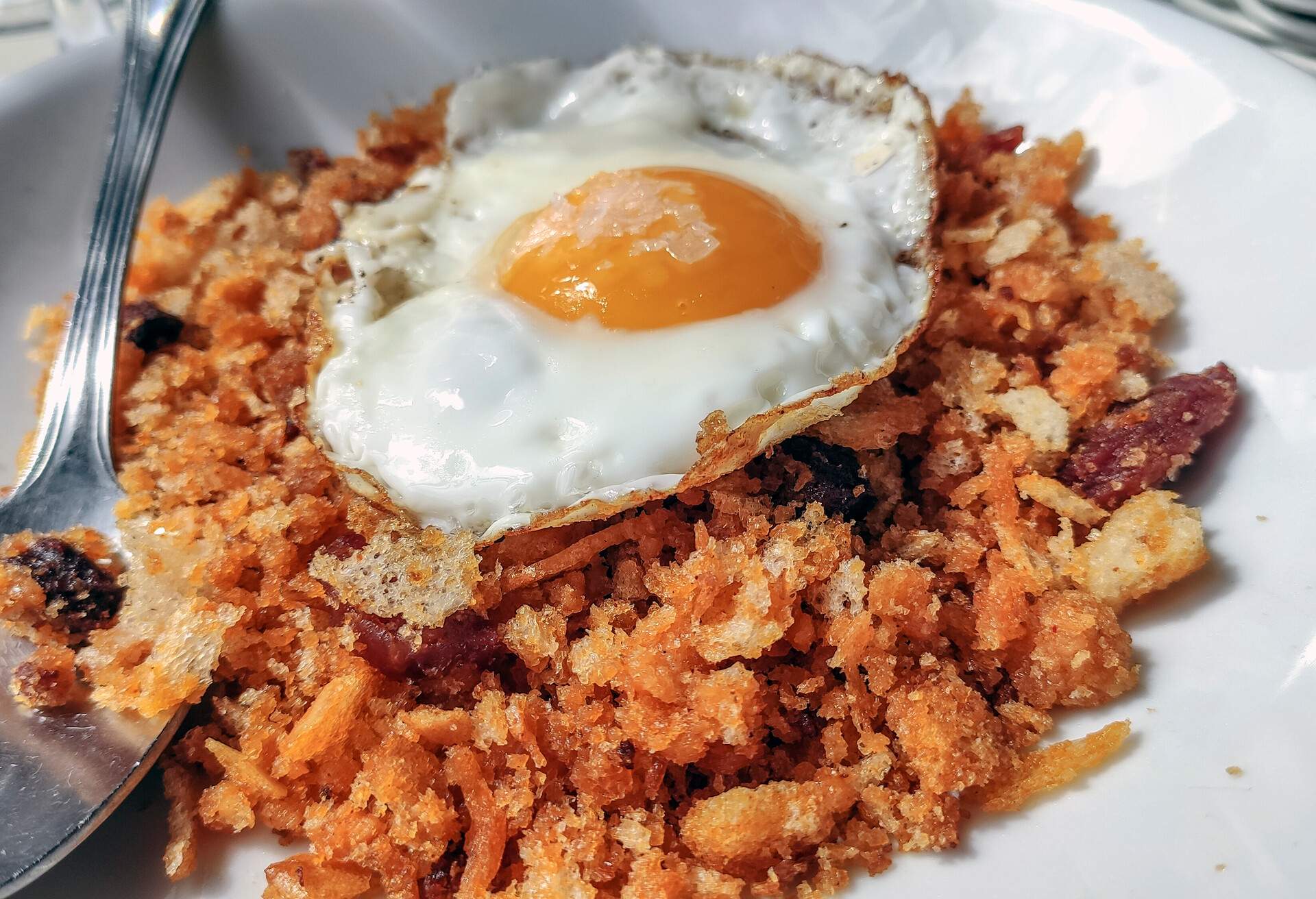
The Extremadura region of Spain is where you’ll find what’s considered to be the original version of migas. Day-old bread is soaked in a mixture of olive oil, water, garlic, and paprika and then fried in a pan. Game hunters in southern Spain eat migas as a staple food on bush trips. They typically add a fried egg on top.
Migas dishes with meat
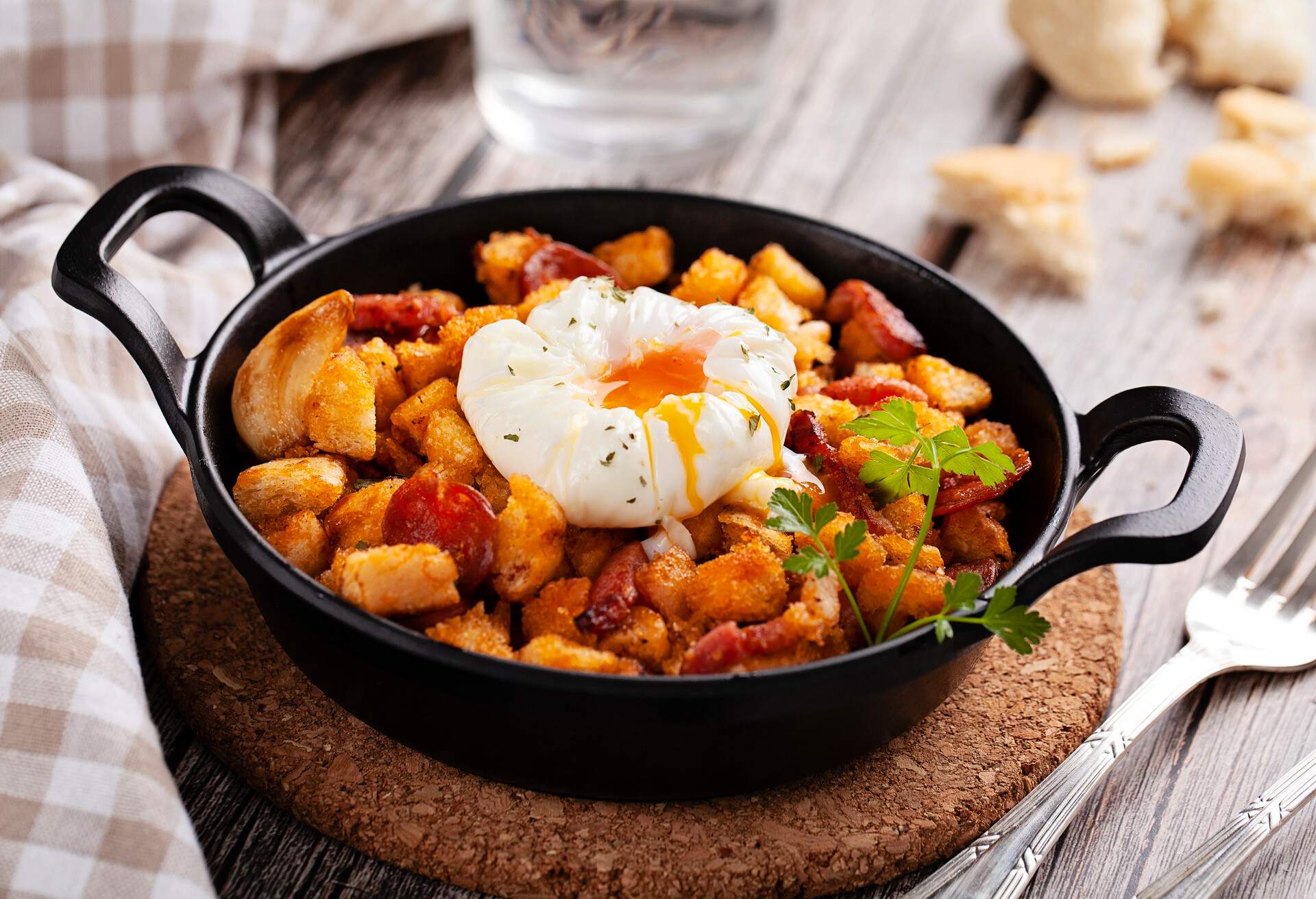
In the Aragon region, bacon and chorizo are added to the mixture to give it a richer, more piquant flavour. The inhabitants of Andalucia eat it with sardines. Migas is also tied to old farming rituals – in south-east Spain, it’s traditional to make it when the first rains of the season arrive.
Empanadas
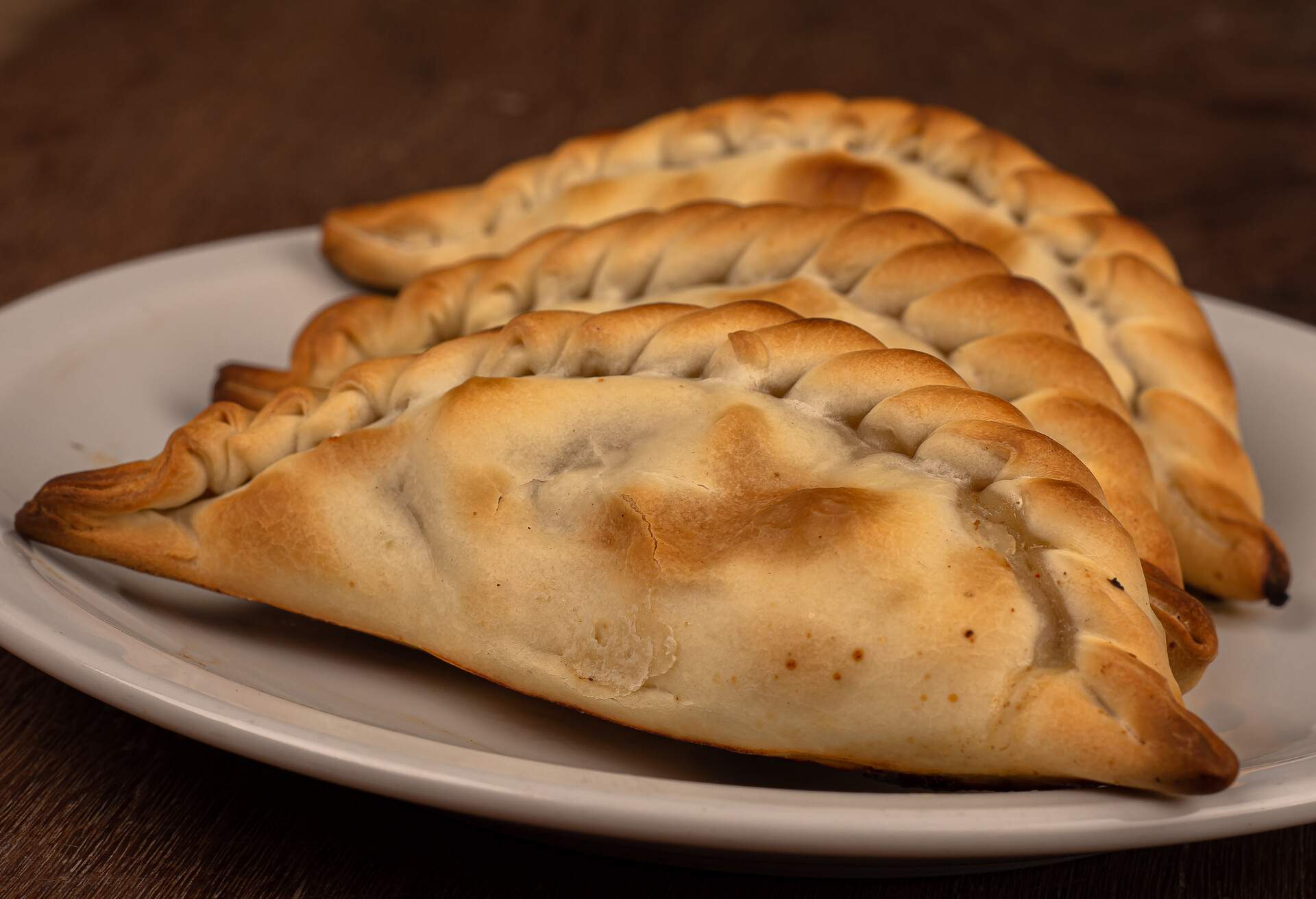
We Brits love our pies, so you’ll be happy to know that these are another very traditional breakfast in Spain. And you can pretty much have any kind of filling you want. They’re half-moon pastries, with each region creating its own variation. You can virtually take a pie-tasting tour of Spain and not eat the same kind twice.
Sofrito and other variations
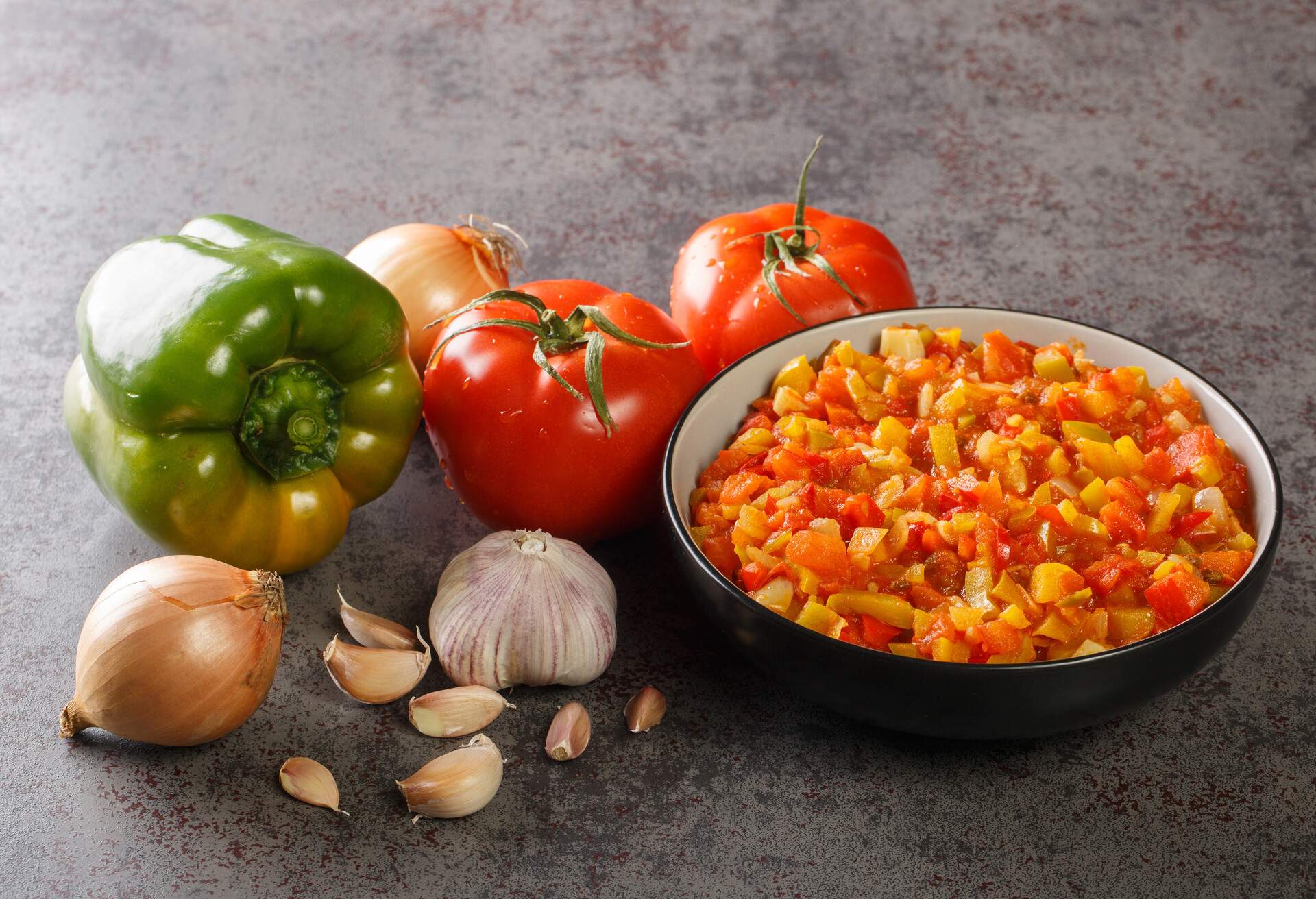
To taste the authentic original Empanadas, head to Galicia in northwest Spain. Here they’re called ’empanadas de atún’ and are filled with tuna, green olives, and a tomato sauce known as sofrito. Elsewhere in Spain, you can get them with a wide variety of ingredients. They can be stuffed with any kind of meat or seafood in the coastal villages of Spain.
Light savoury Spanish breakfasts
Lighter breakfasts make up some of the best traditional food of Spain. They’re versatile too and make great snacks to be eaten at any time of the day too. They range from sandwiches to cold meats. This is also great tourist food that you can take with you on the go.
Bocadillos
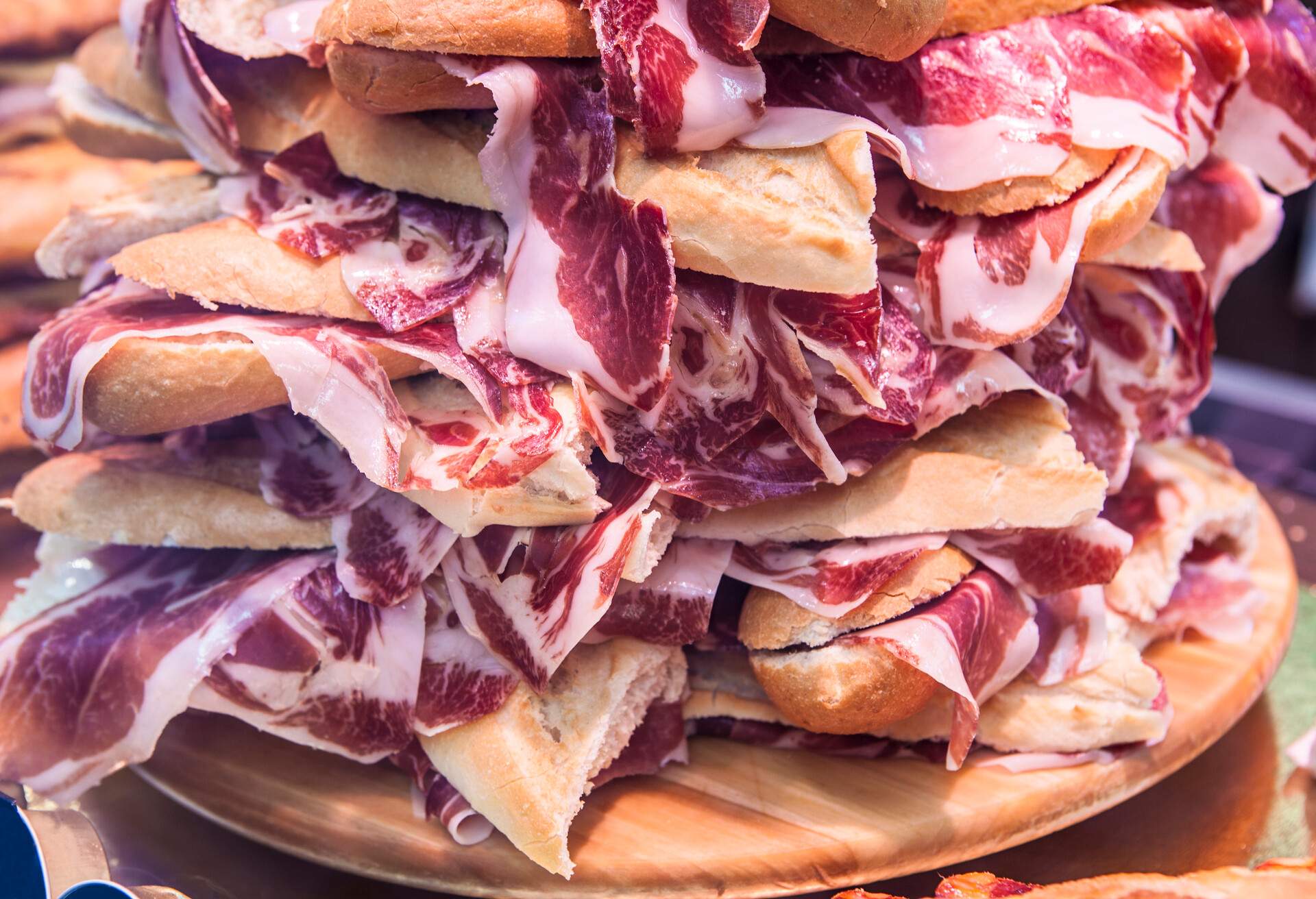
Bocadillos is a big favourite all over Spain. They’re essentially sandwiches made from long bread rolls. What makes them interesting is that each Spanish region has its own variation of size and fillings. You can taste them all on a road trip through Spain.
Pulgitas
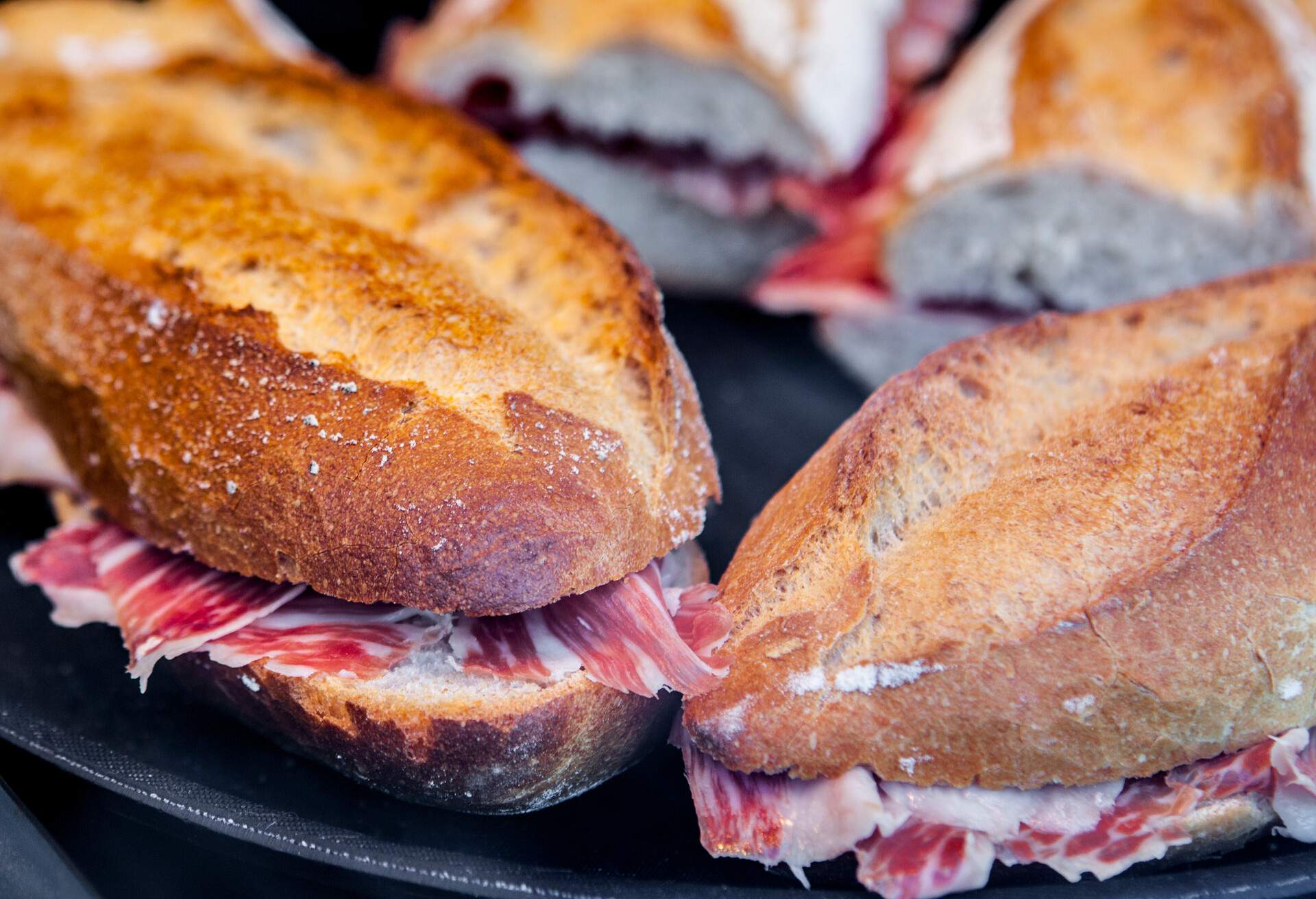
Bocadillos were originally just large chunks of bread with a filling that could serve up to three people. You can still get these, but you now have a choice of smaller sizes too. If you’re in Madrid, you’ll most likely come across them in the form of “pulgitas”. These are smaller rolls that make a perfect breakfast bite for one.
Try montaditos, entrepan, pringá or bikini
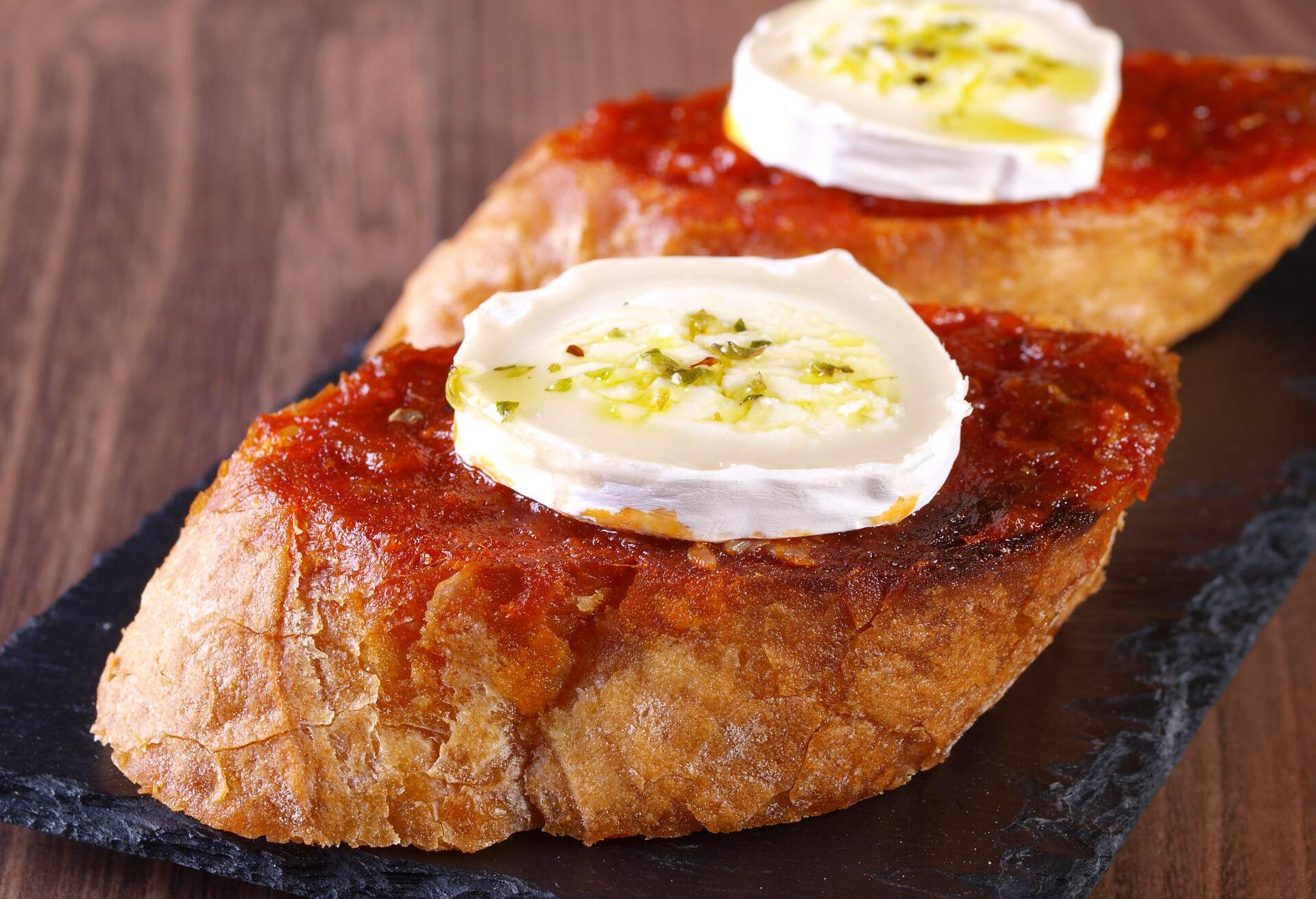
To help you know what to order elsewhere, in Andalusia, you’ll find mini bocadillos, known as ‘montaditos’. You can get the same thing in Barcelona, but here they’re called ‘entrepan’. In Catalonia, order a ‘bikini’, which is filled with grilled cheese and ham. The Seville version is called ‘pringá’, made with left-over meat from a stew.
Torrijas
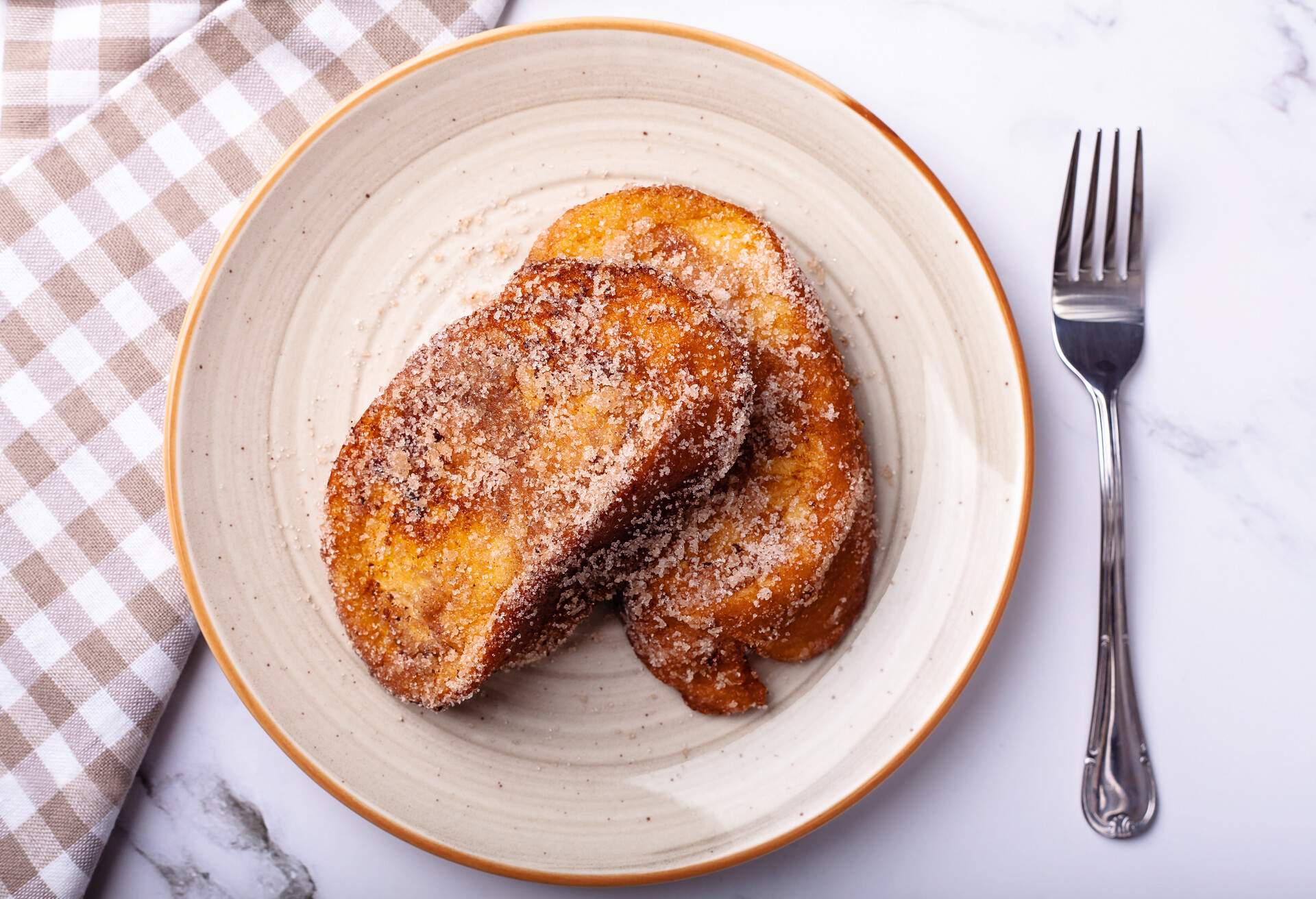
Another exciting and popular breakfast choice is Torrijas. This is Spanish egg bread, similar to French toast, but with a richer and far more complex taste. The difference, ultimately, lies in the unique preparation. Making Torrijas requires soaking old slices of bread in a mixture of hot milk, wine, cinnamon and lemon rind for over an hour. Only then is the bread dipped in egg, and they fry it, usually serving it warm.
Embutidos de Carne
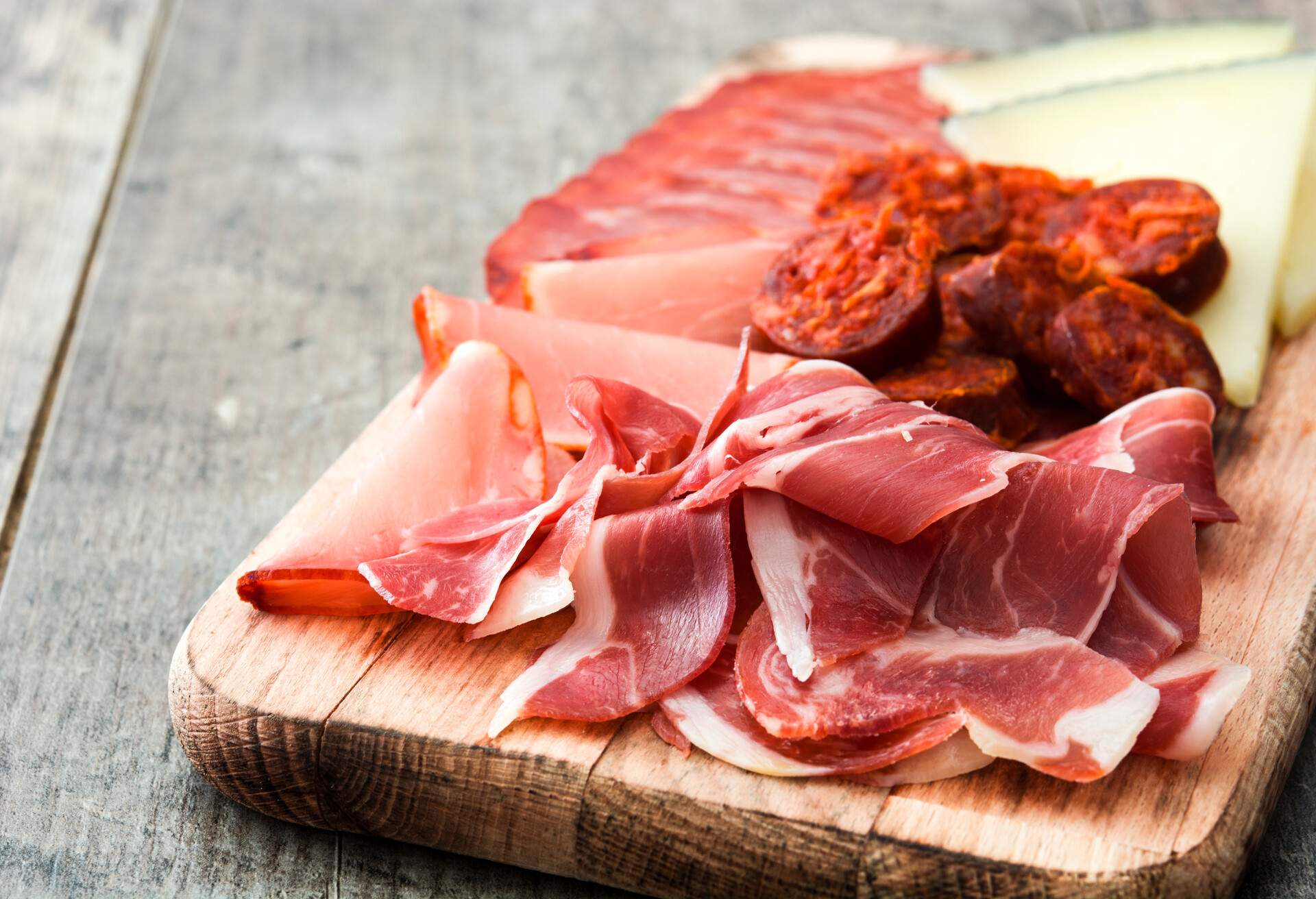
Embutidos de Carne is cold cuts, with ham and sausage the most popular meats. Ones to try are ‘lomo’, made with cured pork loin, and salchichón – traditional Spanish salami. Chorizo also features prominently. Cold cuts are typically eaten with small pieces of bread called ‘picos’ and curado cheese slices.
Tostada
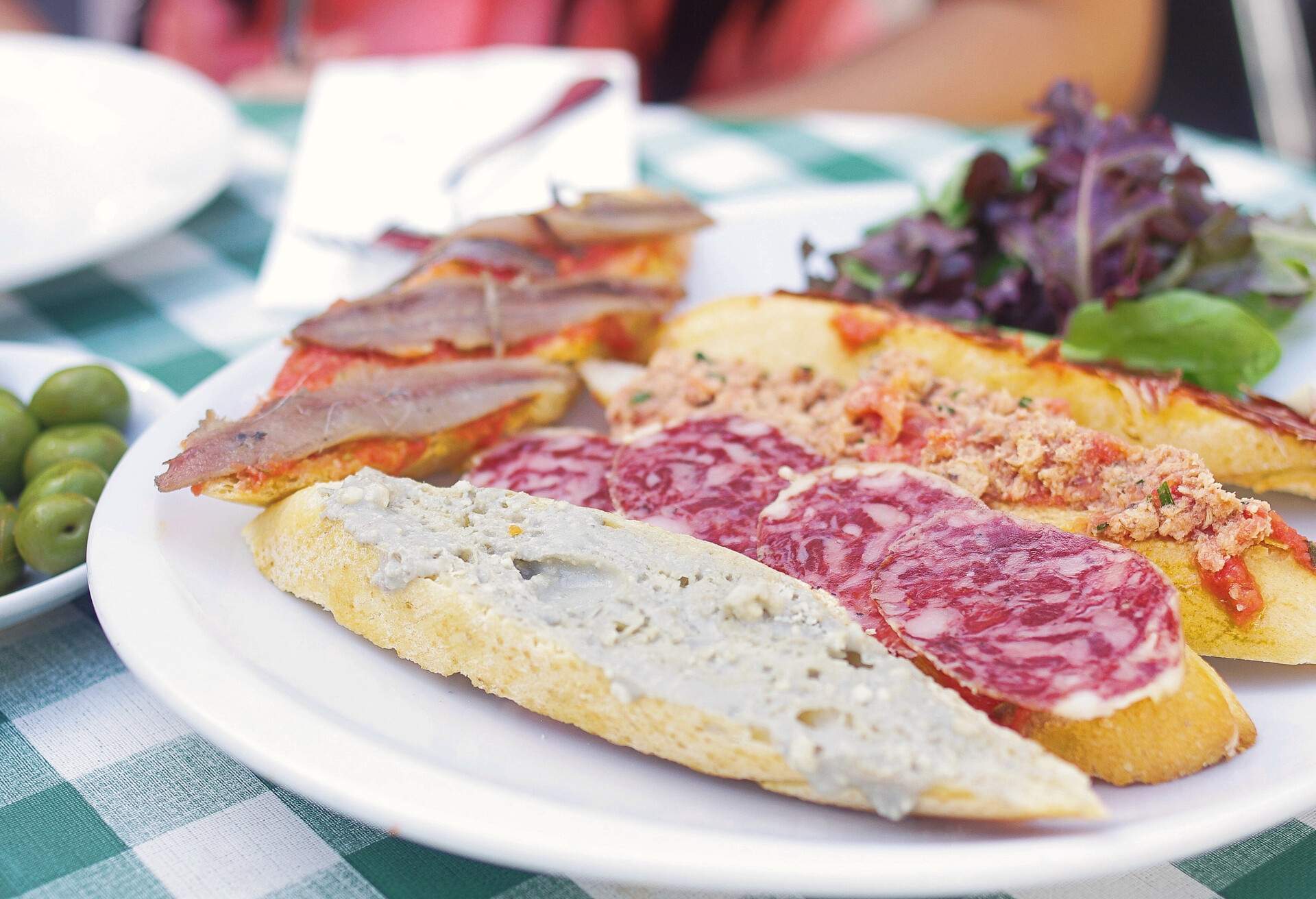
Tostada is good old toast but served the Spanish way. You can eat it with a savoury or sweet topping. The basic way to go is to add fresh tomato sauce and olive oil. And don’t forget a cup of con de leche to go with it.
Mollete
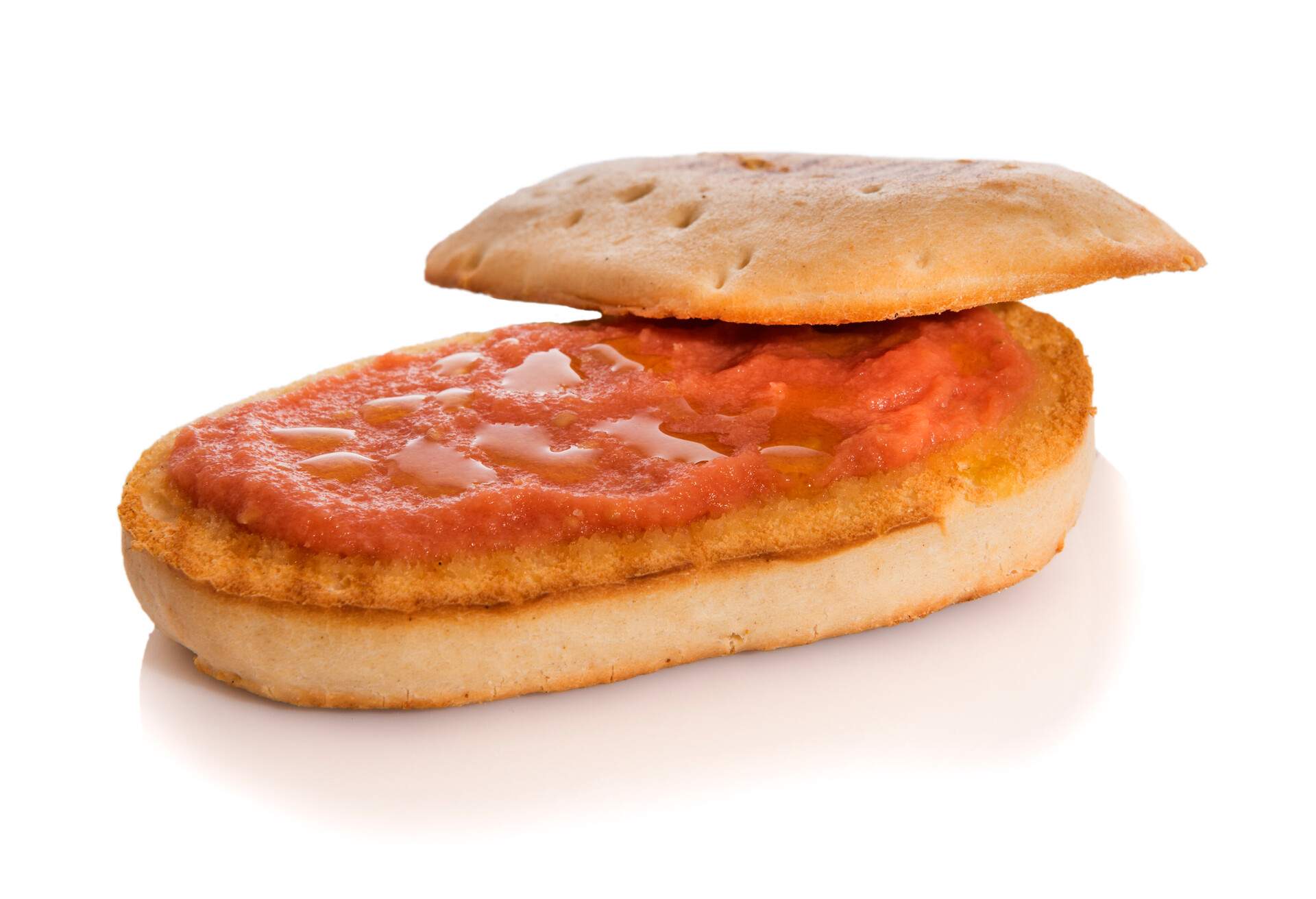
You’ll find this flatbread eaten instead of toast in Andalusia. It’s topped with coloured lard called ‘mantecacolorada’, made from virgin olive oil. Then they add Iberian ham and layer crushed tomato on top.
Pa ambtomàquet
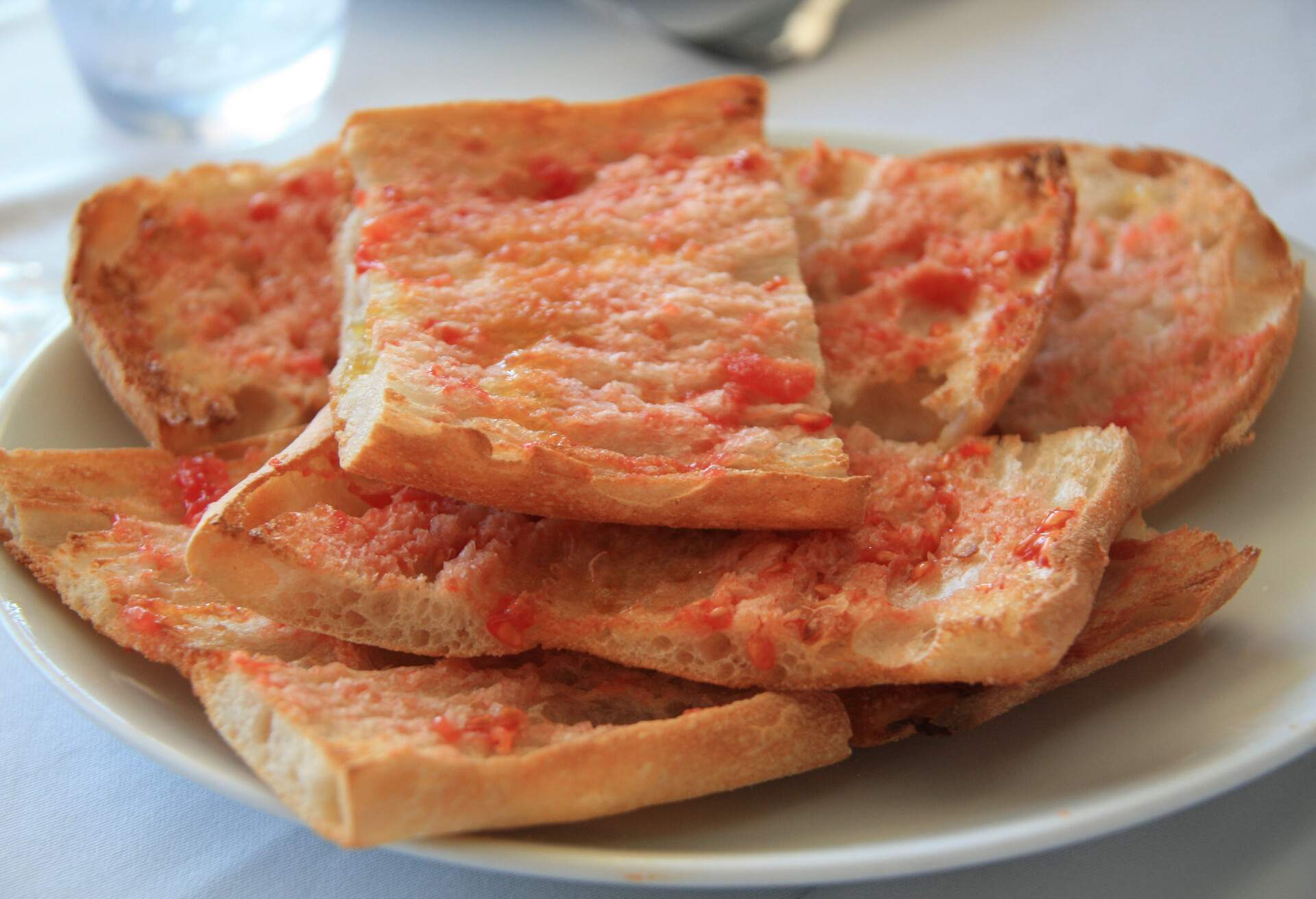
This is yet another Spanish variation on breakfast toast, native to the Catalan region. Stale sour-dough break is rubbed with vine tomatoes and salt. Olive oil is then splashed over it. It’s a simple breakfast eaten here since the 1800s.
The sweeter side of Spanish breakfast foods
You may be surprised at the number of sweet breakfasts served in Spain. The country definitely has a sweet tooth and, since you’re on holiday, you can join in guilt-free. These breakfast favourites are eaten throughout the day too. You’ll find them as much in city markets as in the snack bars fringing the best beaches in Spain.
Croissant de Alemandra
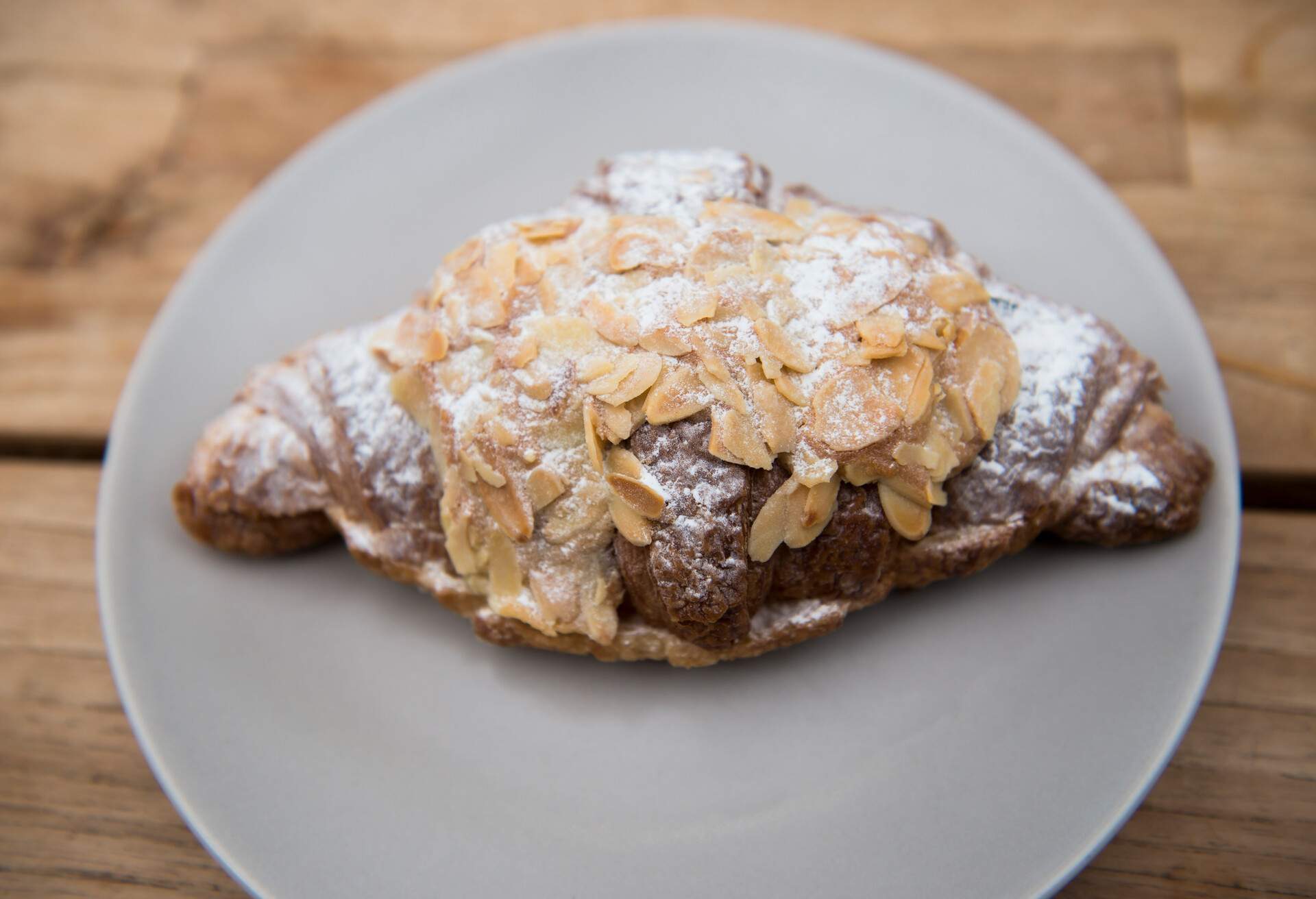
Pastries are a popular breakfast menu item in Spain, and croissants are a favourite. You’ll find sweet croissants with jam and butter anywhere. Croissant de Alemandra is the most traditional. It’s made with toasted almonds and filled with decadent almond cream.
Magdalenas

Magdalenas are the Spanish equivalent of muffins. They’re a more delicate version, made in a cupcake style and flavoured with lemon. You’ll usually find them served as a sweet breakfast treat with coffee, and you won’t have to look hard to find them. They’re also great as a quick light snack you can enjoy at any time.
Frisulelos
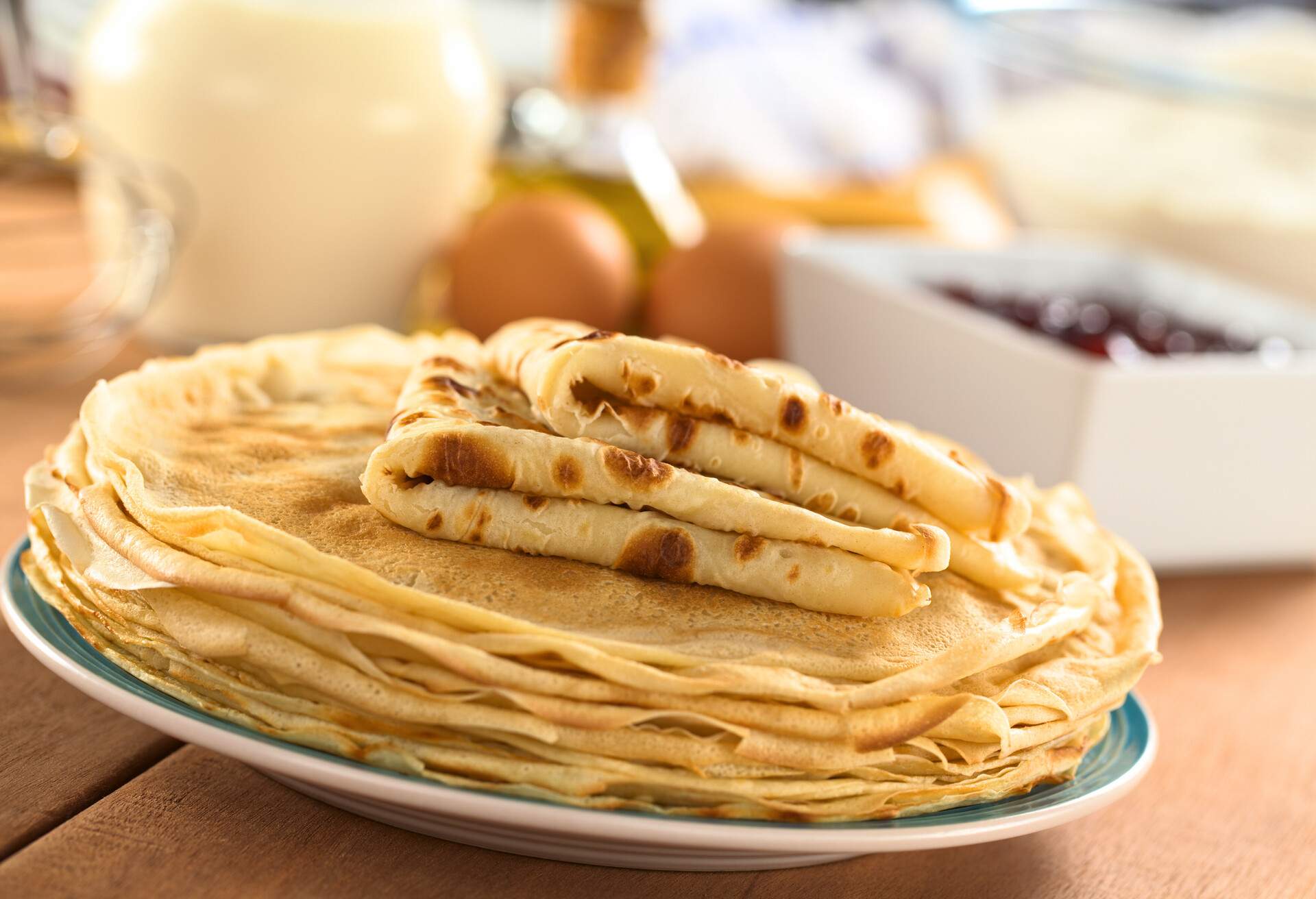
If you love pancakes, frisulelos will be your dream breakfast. These Spanish crepes are served with apple, whipped cream or egg custard. They’re especially popular in the northwest areas of Leon and Asturias. They’re made with a light batter, rather than being too heavy on the stomach.
Ensaimada de Mallorca
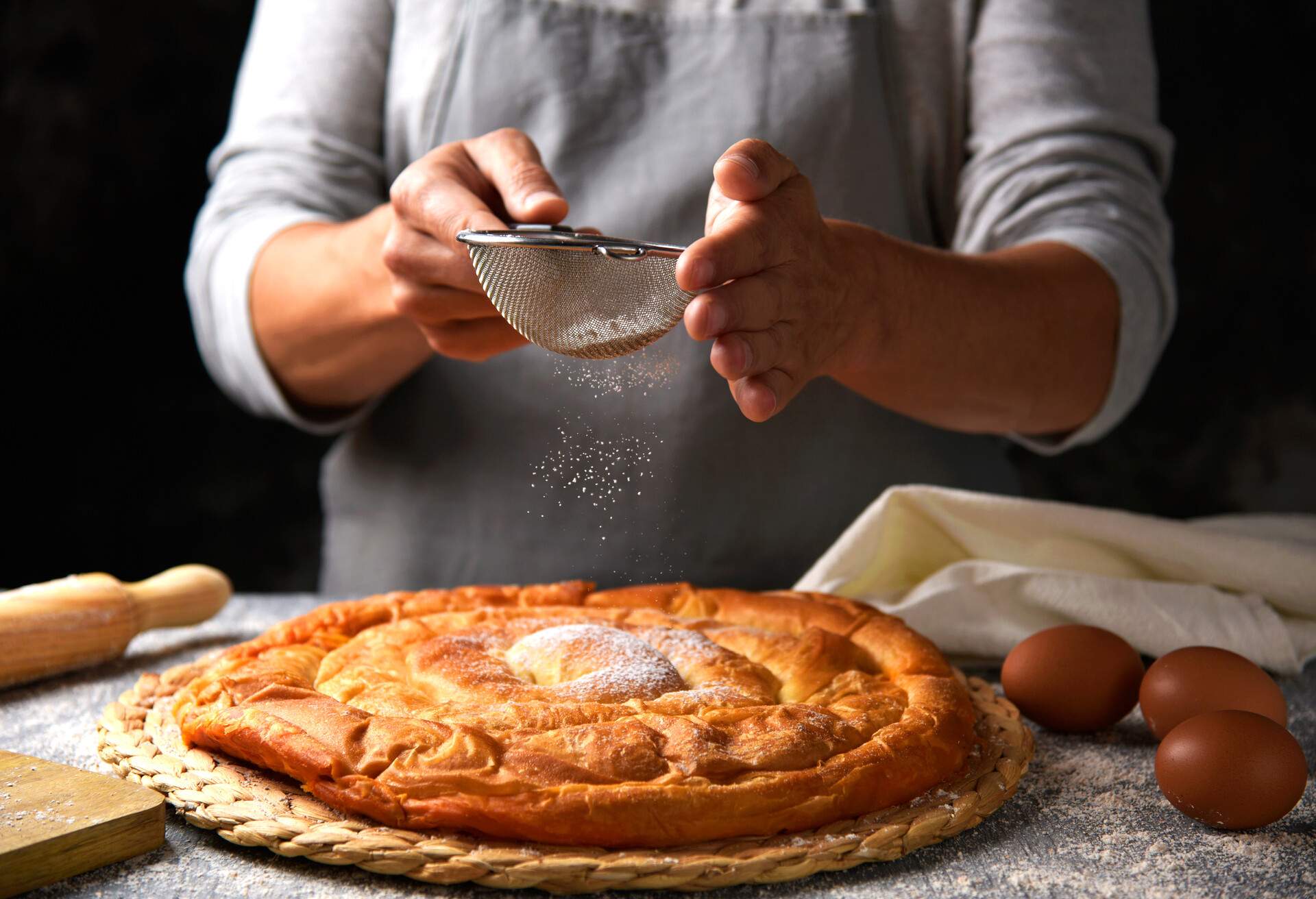
A very traditional Spanish breakfast that originated on the ilse of Mallorca, this is a basic spiral of sweet pastry. It’s still made according to the original recipe from the 17th century, that simply calls for a basic flour dough with sugar. The secret ingredient is ‘saïm’, a local lard. You can eat it plain, or baked with pumpkin, chocolate and other flavourings.
Bizcocho
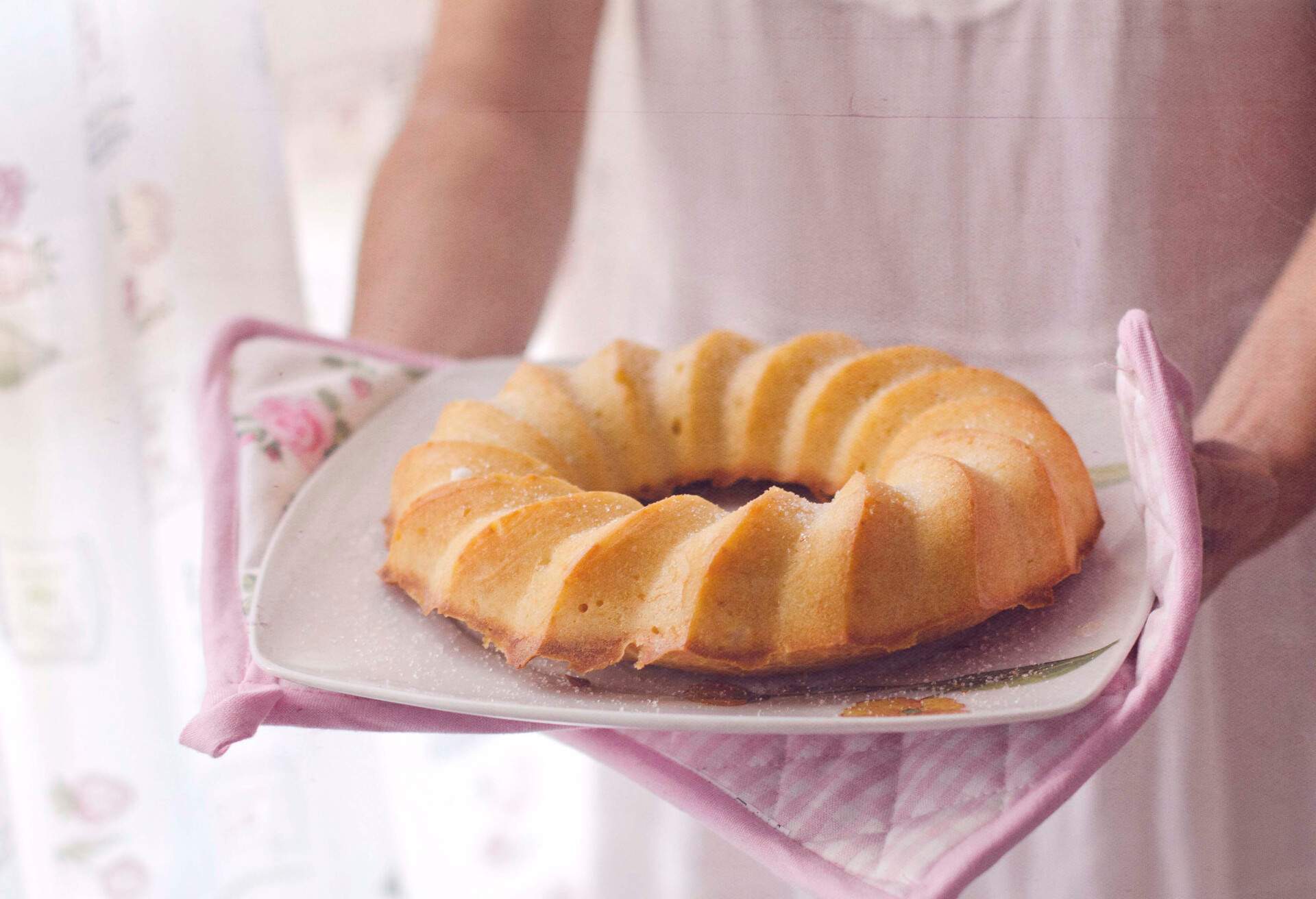
Breakfast in Spain wouldn’t be complete without bizcocho. This is an air-light sponge cake with an intense lemon flavour. Virtually every café in the country serves it from early morning with a good strong cup of coffee. It’s such a ubiquitous snack that it’s one of the most traditional foods in Spain.
